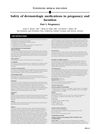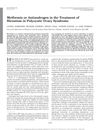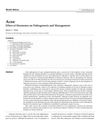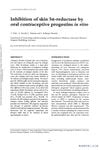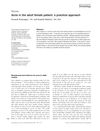Chemical Pharmacotherapy Options for Managing Adult Acne
January 2017
in “
Expert Opinion on Pharmacotherapy
”
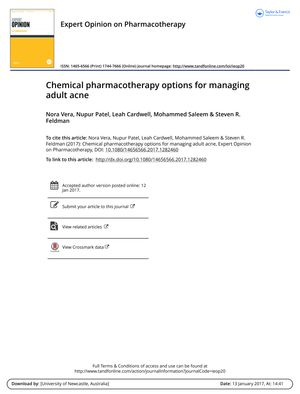
TLDR The conclusion is that more research is needed to better understand and treat adult acne, and that patient education and simple treatment plans are important for better results.
The 2017 document reviews the treatment options for adult acne, noting an increase in incidence and differences from adolescent acne. It suggests adult acne may be a continuum of adolescent acne and emphasizes the psychosocial impact, recommending topical treatments as first-line therapy with a low threshold for systemic therapy. The paper discusses the efficacy of various topical agents, including retinoids, benzoyl peroxide, azelaic acid, and antibiotics, and highlights the importance of combination therapy. A post-hoc analysis of 498 adults showed clindamycin phosphate 1.2%/BP 3.75% reduced acne lesions, but not significantly. Oral antibiotics, isotretinoin, hormonal therapies like COCs and spironolactone, and metformin for PCOS are also reviewed. Adjunctive therapies and over-the-counter products are mentioned, with special considerations for skin of color and pregnant women, recommending treatments that prevent PIH. The document concludes that more research is needed to define adult acne and develop targeted treatments, stressing the importance of patient education and simplified regimens to improve adherence and outcomes.
